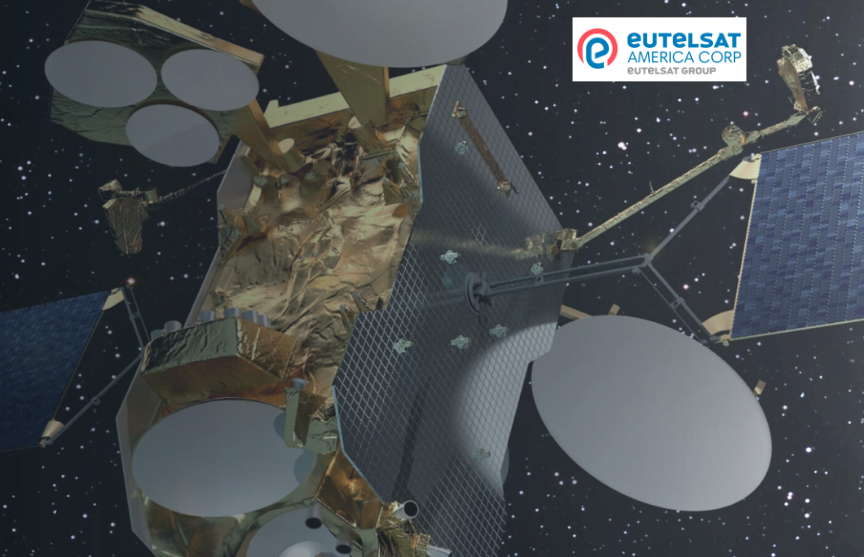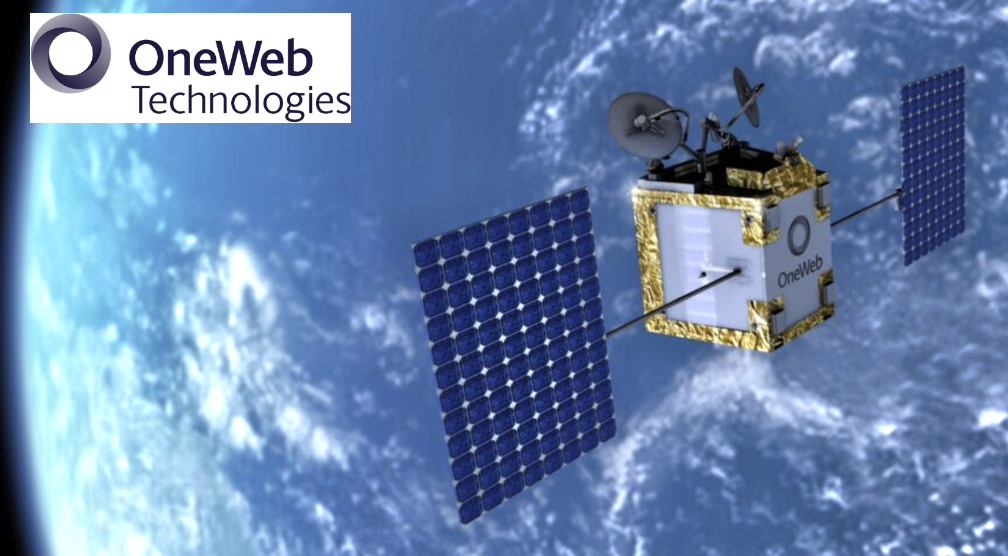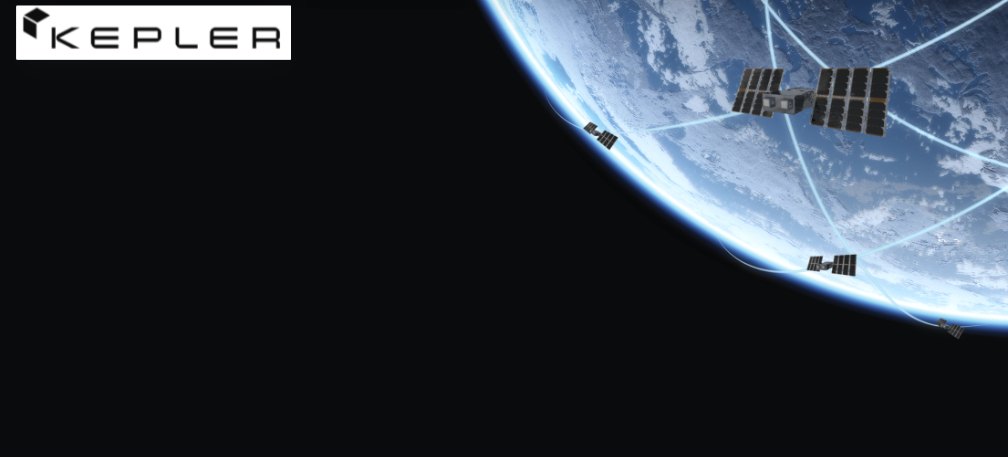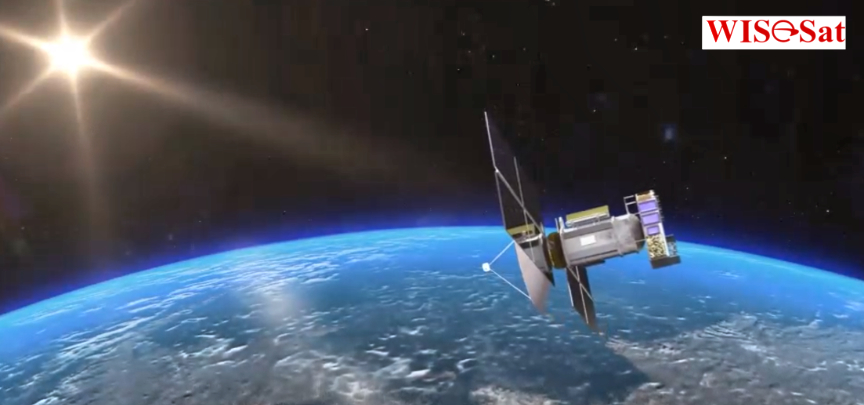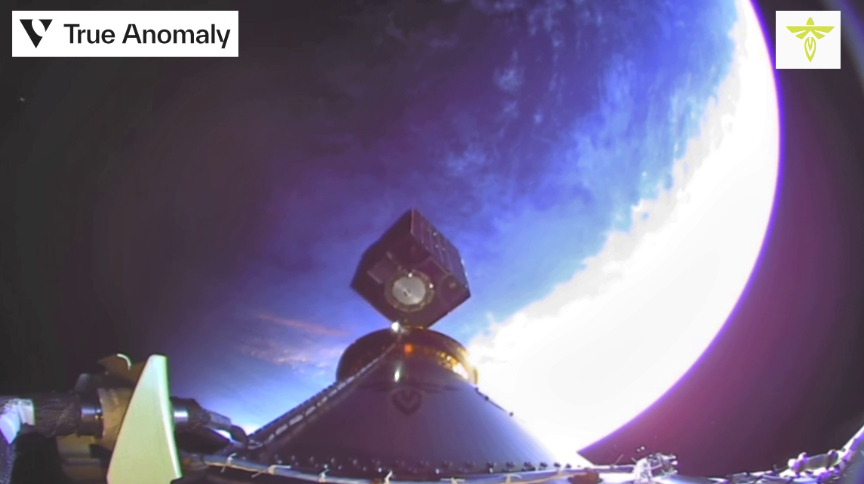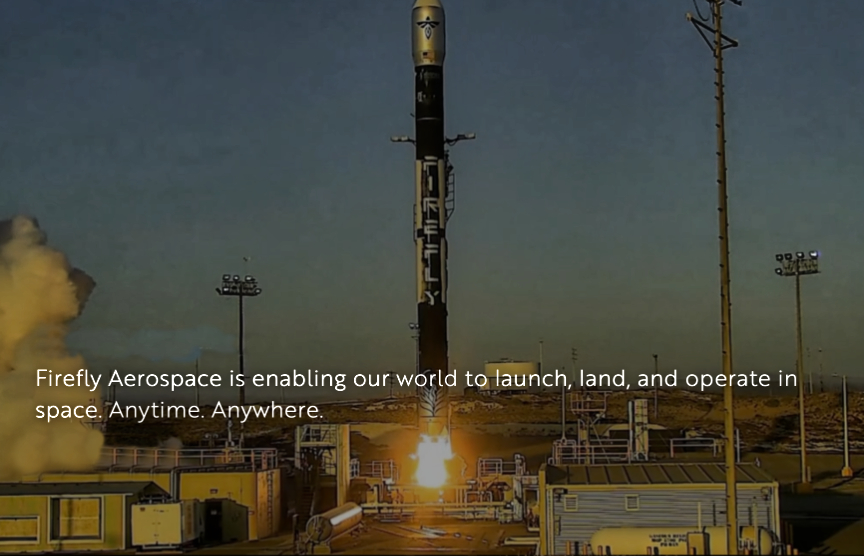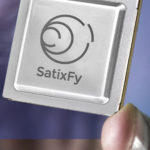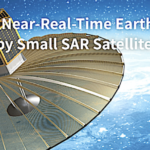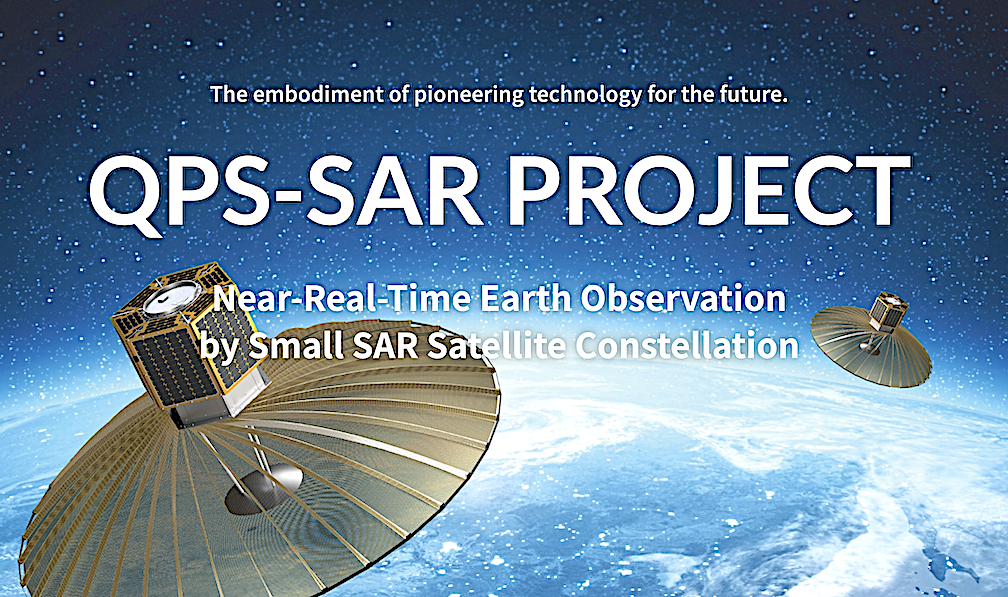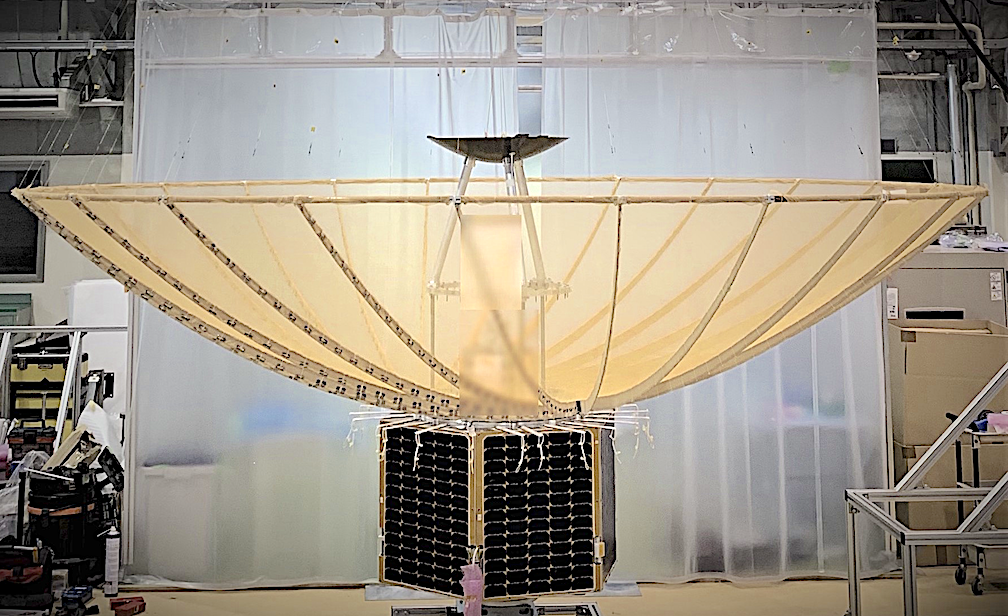
Logos Space Services, a SATCOM operator for enterprise customers, has now been launched — the company will use spectrum differently than previous satellite operators to maximize security and avoid jamming.
The firm filed an application yesterday at the Federal Communications Commission to construct, launch, and operate a non-geostationary orbit (NGSO) system.
Logos provides MPLS and ethernet connectivity enabling enterprises and other telecom providers to extend their cloud, data center, and communication networks with fiber-like performance globally without touching the Internet. Internet connectivity is an option for customers such as airlines and maritime transportation that also want Internet access. Logos also will provide backup communications services for companies already connected by fiber or other terrestrial connectivity.
Logos’ system will provide the enhanced security and resilience that businesses need. The LEO satellite service network will use the K-, V- and E-bands rather than the typical commercial satellite bands. Using higher frequencies and very narrow beams means that the system will avoid interference from other users and bad actors and enable the system to provide multi-gigabit service to users worldwide using closed user groups for enhanced security.
As Logos’ system is resilient to interference, the company will solve a critical national security need. Logos’ system is designed to be highly resilient to electronic warfare (EW) — not just because of the very narrow beams it uses, but also due to specially designed control waveforms that are difficult to direct and jam.
Logos is led by Milo Medin and Rama Akella, two veterans in space technology and broadband networks, and backed by Thomas Tull’s U.S. Innovative Technology fund.
“Increasingly, our space systems are being targeted by jamming, and in the future, all spectrum access will likely be contested,” said Milo Medin, the founder and CEO of Logos Space. “We engineered Logos Space’s LEO system with this in mind to withstand electronic warfare and provide the enhanced security that businesses and the US Government need for their mission-critical communications.”
About Logos Space
Logos Space is a Low Earth Orbit (LEO) satellite system purpose-built to serve the connectivity needs of the enterprise user, wherever they may be. We will help fill an important gap in the market, providing resilient, high-performance satellite-based connectivity services to enterprise customers worldwide.








